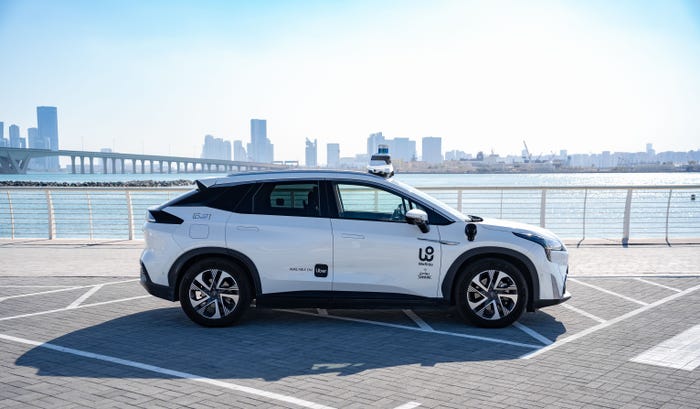The Awesome Power of IoT
Internet of Things, big data and predictive analytics are now in the hands of business people. How will they use it?
November 8, 2016

CHICAGO – One cliché says that technology can make the world a better place. Another, plucked from Marvel Comics, tells us, with great power comes great responsibility.
In the case of the Internet of Things, both statements ring true.
In Chicago, on the day the Cubs clinched the World Series, I was at a tech event hosted by IoT Institute learning about scientists with smart lasers zapping malaria-carrying mosquitos — the deadliest animal to humans. At another session at the IoT Emerge event, an Avnet executive described a smart lighting system that manipulates plant growth sans nasty chemicals and genetic engineering.
A world doing a better job at feeding people and saving lives sure sounds like a better place.
Most IoT events get so wrapped up in the technology, as in sensors, networks and software, that they mostly leave humans out of the equation. It was refreshing to hear about technology making a real impact on people's lives. The unfathomable amount of data generated by IoT and, more importantly, the actionable insights gleaned from it are a kind of super power.
The question is, do we wield this power for good or ill? To be clear, disrupting business models in enterprising ways isn't an evil pursuit, although the pursuit of revenue growth and higher margins often lead to a perverse magnetic pull on the moral compass. So it didn't take long for evil doers to wield the Mirai botnet and show the world just how dangerous IoT can be.
For those who don't follow the industry, Mirai is a big reason many people couldn't watch a Netflix movie or get on popular websites one day last month. Hackers had used the Open Source Mirai code to infect roughly one hundred thousand IoT-enabled webcams and other devices. Then they ordered this army of zombie devices to swarm websites in what's called a distributed denial-of-service (DDoS) attack.
The Mirai-powered DDoS attack was akin to everyone in South America trying to get into a single 7-Eleven store at the same time, said Pablos Holman, a security expert and inventor at Intellectual Ventures Lab who spoke at IoT Emerge. Then Holman shockingly went on to explain how to set up a DDoS attack, including where to go to find vulnerable IoT devices. It's so easy, he said.
Therein lies the rub. The sudden rise of a data-crunching, machine-to-machine world and the awesome power put into the hands of a small group of business leaders, hoping they'll do the right thing, makes me shudder.
Even as Chicago sports bars erupted with cheering fans, their beloved Cubs having broken a 108-year World Series drought, I was quietly reminded why we can’t have nice things.
 Tom Kaneshige is editor of Five2ndWindow, an independent news channel covering digital business transformation and the new customer experience. You can reach him at [email protected].
Tom Kaneshige is editor of Five2ndWindow, an independent news channel covering digital business transformation and the new customer experience. You can reach him at [email protected].
About the Author
You May Also Like






